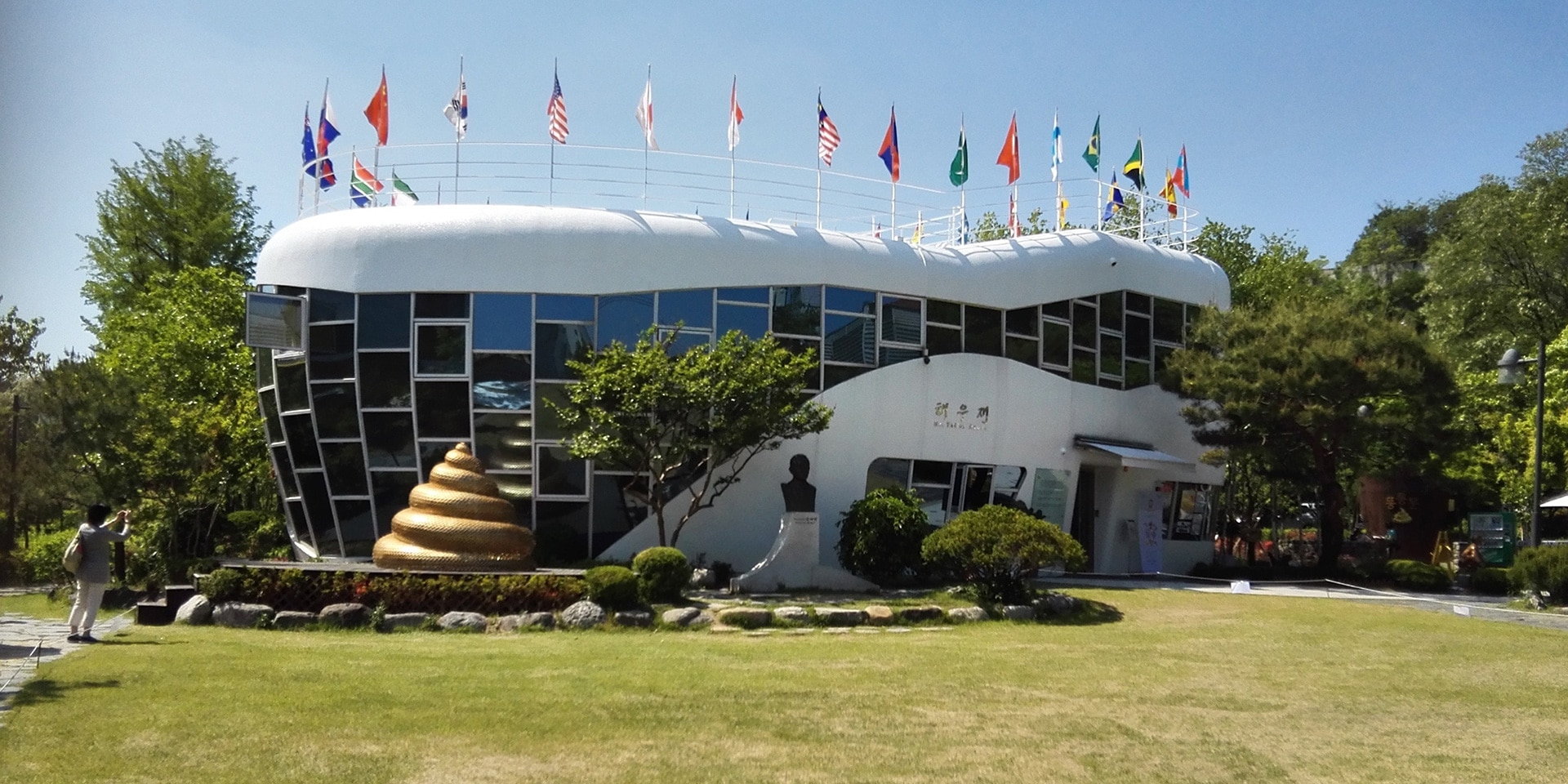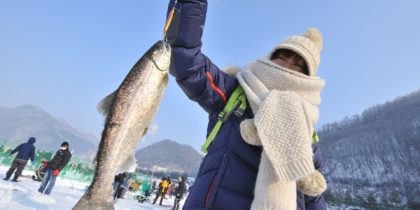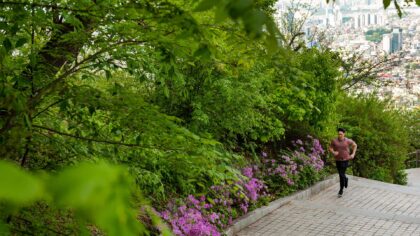South Korea is notorious for breaking boundaries in almost everything — massive weddings, unusual foods and extreme business practices. But many first-time visitors to the country don’t know that there are dozens of hidden museums and museum-like attractions within traveling distance of the capital, Seoul.
Each of these spots offers an insight into the life of South Koreans and their occasionally eccentric interests. Here are just a few of the bizarre sights travelers will find in and around the South Korean capital.
Mr. Toilet House
Officially called Haewoojae Museum, as it’s less formal name suggests, Mr. Toilet House is literally a house filled with toilets of all shapes and sizes.
Former mayor of Seoul, Sim Jaedeok, who was famous in the city for building public toilets, decided to create a museum in the shape of a toilet and then display dozens of toilets to honor the foundation of the World Toilet Association.
Flower-filled toilets and bidets line the gardens and dot the rooms of the museum. Take time to read the bowls’ accompanying fact boxes, which are guaranteed to amuse visitors.
Haesindang Park (Penis Park)
Yes, really, South Korea is home to a park dedicated to the male phallus! Local legend has it that a woman who was left on a rock at sea by her lover drowned during a storm while he was fishing. After her death, it seemed the village was cursed: No one could catch any fish.
Then one day a man peed into the water, and villagers began hooking fish again. Boom. A nearby park soon filled with penis statues that supposedly please the deceased woman’s spirit.
Thousands of depictions of phalli are scattered across the park, some small, some enormous and intricately carved. Some wood and others metal. But all ensure an unforgettable day out.
The Lock Museum
Wait, you mean you’re not already fascinated by locks? You might be after checking out Seoul’s Lock Museum. This ode to lock and key was opened in 2003 by hardware shop owner Choi Hong-gyu to display keys, padlocks and key holders from around the world.
Each lock has its own significance, its own meanings and aesthetic legacy. Locks here date back to the Joseon Dynasty in the 1400s and throughout Korean history have been used to protect jewels and were attached to boxes to secure treasured portraits of the dead.
Visitors can take a journey through locks of Asia, the Middle East, Europe and Africa.
Kimchi Museum
Museum Kimchikan, as it is known locally, brings the process of making kimchi, the famous Korean dish of fermented veggies, to life.
Founded in 1986, the museum exhibits different types of kimchi throughout history, traditional flavors, and information and recreations of the kimchi fermentation process.
Writing, paintings, stories and photos of kimchi line the walls of the museum. As you probably guessed, kimchi is a popular local delicacy that is served across Seoul, but the tastiest can arguably be found at Tavolo 24 restaurant.
North Korean Spy Submarine
The political situation between North and South Korea is bizarre to say the least, and this captured spy submarine turned museum from the north is no less so.
In Unification Park, visitors will find on display a tiny Soviet-era North Korean submarine that was captured after it ran aground in 1996.
The sleeping compartments inside are cramped, the machinery very basic and the captain’s section is black from where the captain is thought to have burned his documents before abandoning ship.
Also in the park you can see a South Korean naval ship that was in service in World War II and the Vietnam War, as well as Korean Air Force planes and a retired presidential aircraft. Nowhere else is it possible to find military hardware from both Koreas side-by-side like this.




